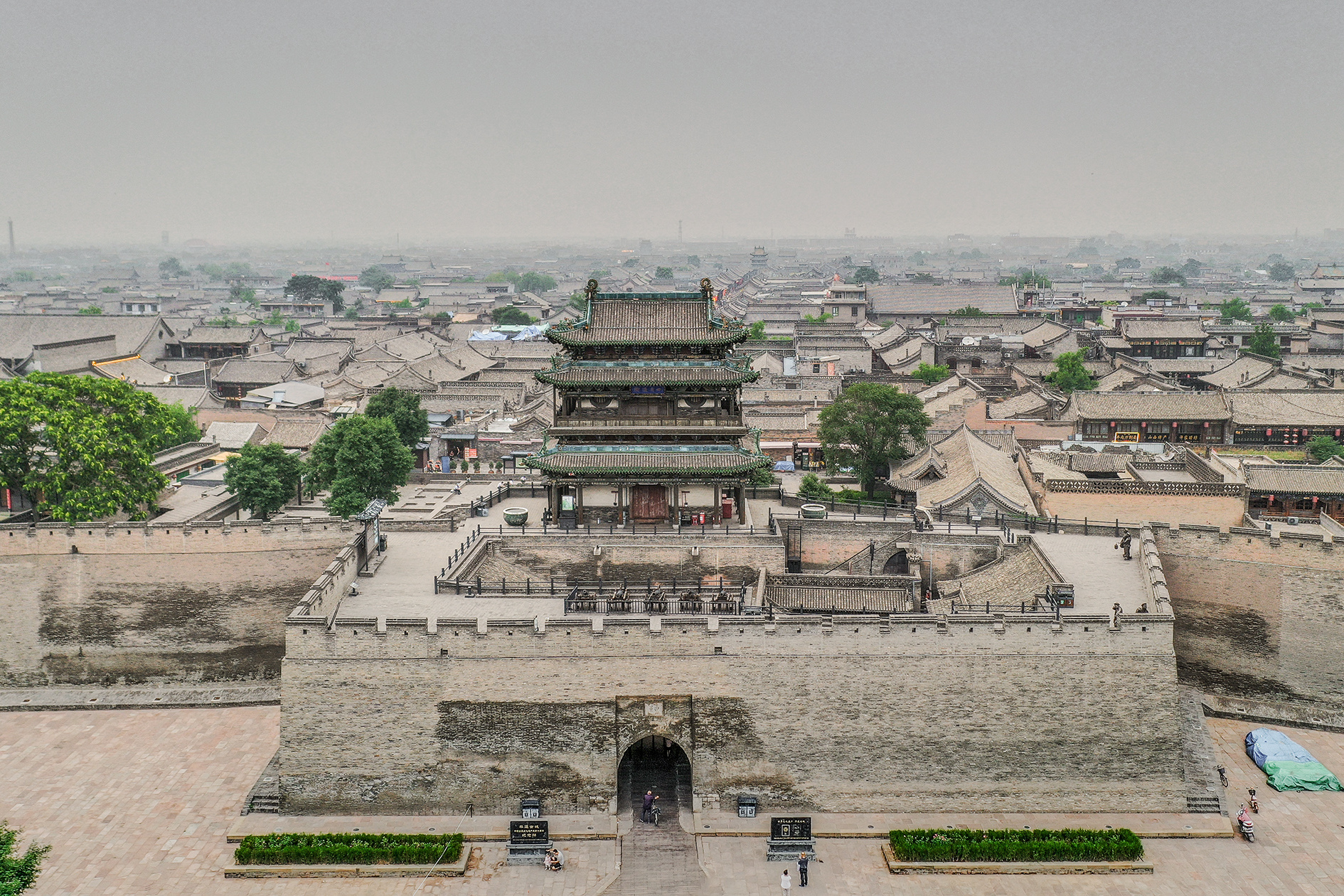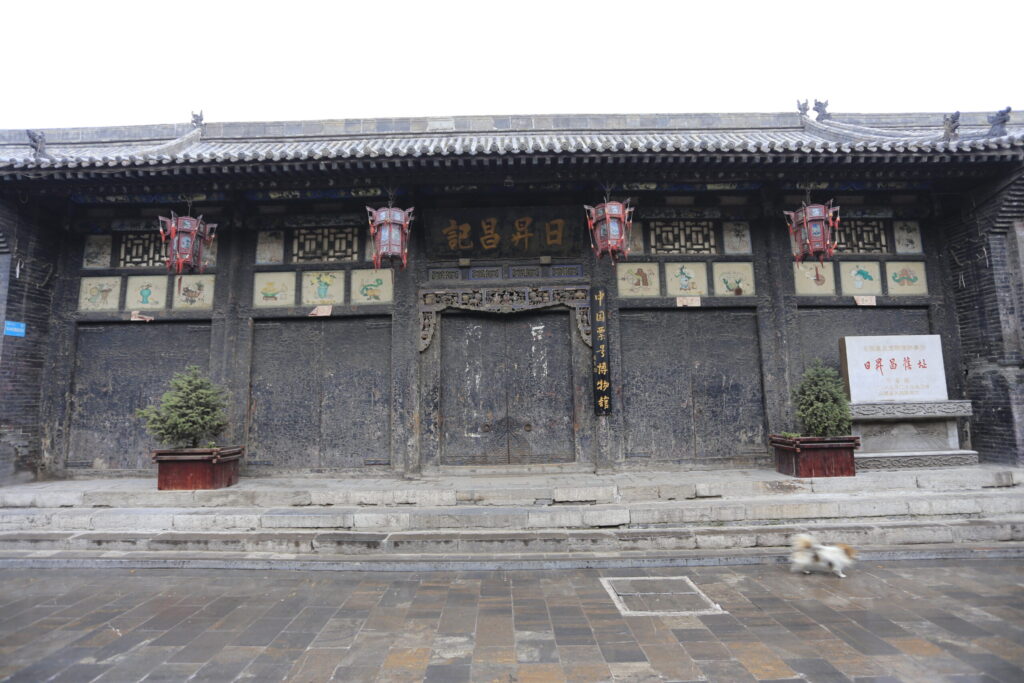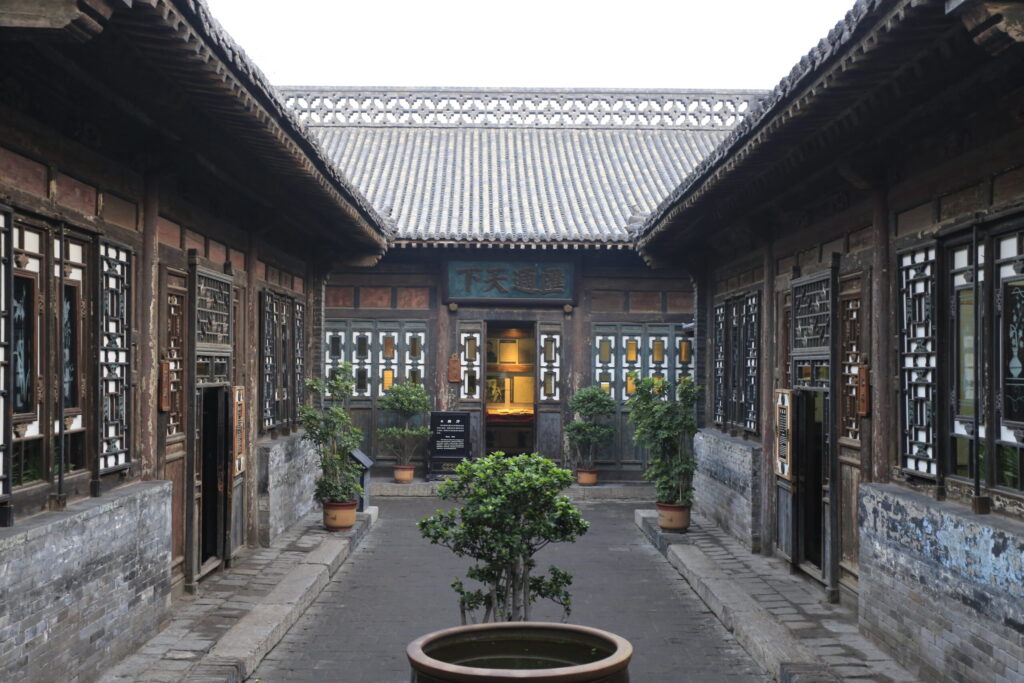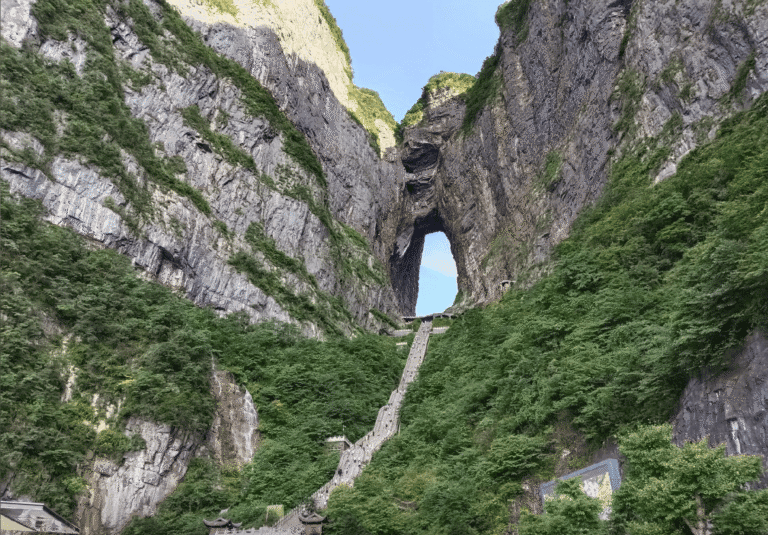Pingyao Ancient City: A Insider’s Guide to China’s Walled Wonder
Imagine stepping through a towering stone gate. The roar of modern traffic fades, replaced by the murmur of voices, the scent of cooking noodles, and the sight of cobbled lanes stretching before you. You are no longer in the 21st century. You have entered Pingyao Ancient City, a perfectly preserved time capsule from Imperial China.
This is not a movie set or a theme park. This is a real, living city, where cartwheel ruts from the Ming Dynasty are etched into the streets and families still reside in historic courtyard homes. It’s a place that tells a powerful story of ambition, innovation, and the rise and fall of China’s first financial empire.
We at Travel China With Me have walked these streets countless times, guiding travelers and discovering new secrets in its quiet corners. We’ve seen the awe on faces seeing the complete city wall for the first time and shared laughs over local delicacies. This guide is born from that deep, personal experience. It’s designed to be the most comprehensive and helpful resource for your journey, answering every question and showing you the magic we see in this incredible place.
Welcome to your complete guide to Pingyao, one of China’s most precious historical treasures.
Quick Facts
Location: Jinzhong City, Shanxi Province, China
Founded: Western Zhou Dynasty (c. 1046–771 BC)
Key Era: Ming & Qing Dynasties (14th – 20th C.)
UNESCO Status: World Heritage Site (inscribed 1997)
Significance: Best-preserved Han Chinese ancient city; Birthplace of Chinese banking
Key Sights: Ancient City Wall, Rishengchang Draft Bank, Ming-Qing Street
Area: 2.25 sq km (0.87 sq mi) within the walls
Nickname: Turtle City (龟城, Guī Chéng)
Table of Contents
A Walk Through History: The Rise and Fall of a Financial Empire
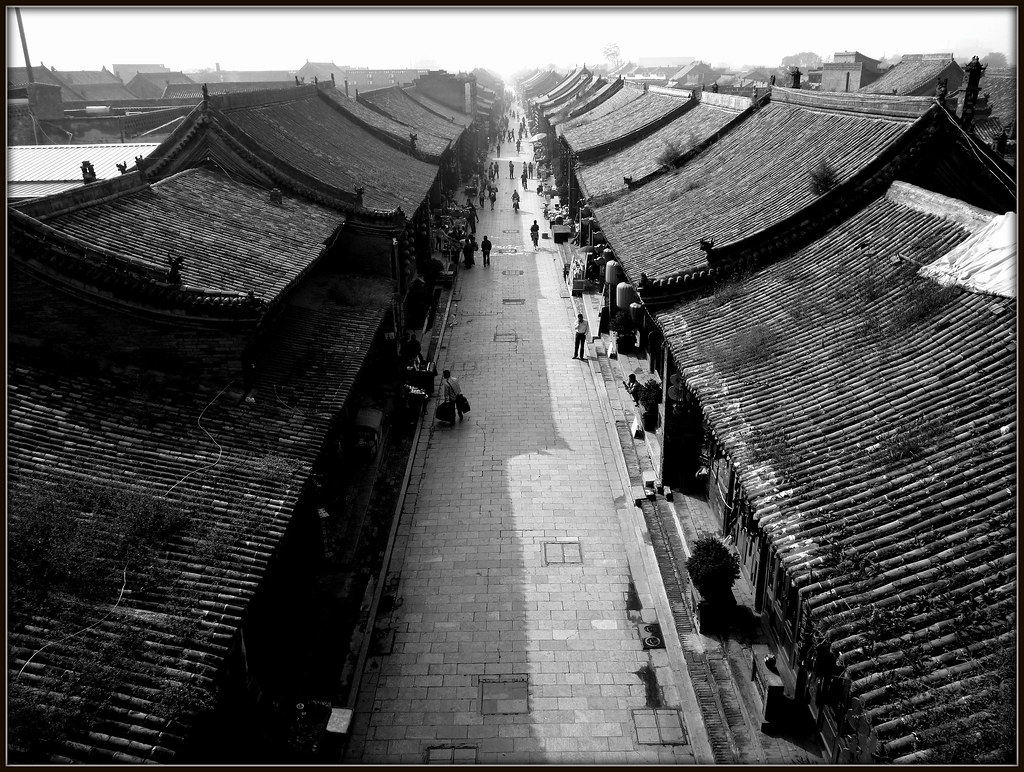
To truly appreciate Pingyao, you need to understand its story. It’s a tale of how a remote military outpost transformed into the undisputed financial center of Imperial China, powered by the ingenuity of the legendary Shanxi Merchants.
From Military Fort to Merchant Hub
For centuries, Pingyao was a humble garrison town. Its thick, 12-meter-high earthen walls, first fortified with brick in 1370, were built for a clear purpose: defense. It stood as a bastion of imperial control in a turbulent region.
Its destiny changed with the rise of the Shanxi Merchants (晋商, Jinshang). Starting in the 17th century, these traders from Shanxi province built vast commercial networks across Asia. They were known for their diligence, group solidarity, and unwavering focus on integrity (chengxin, 诚信). They traded in salt, tea, silk, and grain, amassing immense fortunes. But with great wealth came a great problem: how to move vast quantities of silver safely across a land plagued by bandits.
The Spark of Innovation: Rishengchang
This danger became the mother of invention. In 1823, Lei Lutai, the manager of the Xiyuecheng Pigment Shop in Pingyao, conceived a revolutionary idea. Instead of risking armed guards to transport bulky silver, they could use paper. He established Rishengchang (日升昌), which translates to “Sunrise Prosperity.” It was China’s first piaohao (票号), or draft bank.
The system was elegant. A merchant could deposit his silver at a Rishengchang branch in one city and receive a special paper draft. This draft, light and easy to hide, could be redeemed for silver at another branch in a faraway city. The bank used secret codes, watermarks, and unique calligraphy to prevent fraud. The idea was a spectacular success.
This single innovation transformed Pingyao. It became the “Wall Street” of the Qing Dynasty. By the late 19th century, more than half of the draft banks in China were headquartered here. Their financial network was so powerful that they handled government remittances, funded military campaigns, and controlled the flow of capital throughout the empire. The magnificent courtyard mansions you see today were built with the profits from this financial boom.
The Inevitable Decline
Pingyao’s golden age lasted for about a century. By the early 20th century, its dominance began to fade. The fall of the Qing Dynasty in 1912, political instability, and the rise of modern, Western-style banks in coastal hubs like Shanghai and Hong Kong rendered the traditional piaohao system obsolete. The financial heart of China shifted, and Pingyao gracefully faded into a quiet, provincial town, its glorious past frozen within its mighty walls. This very decline is what inadvertently preserved it for us to experience today.
Is Pingyao Ancient City Worth Visiting? Our Expert Take
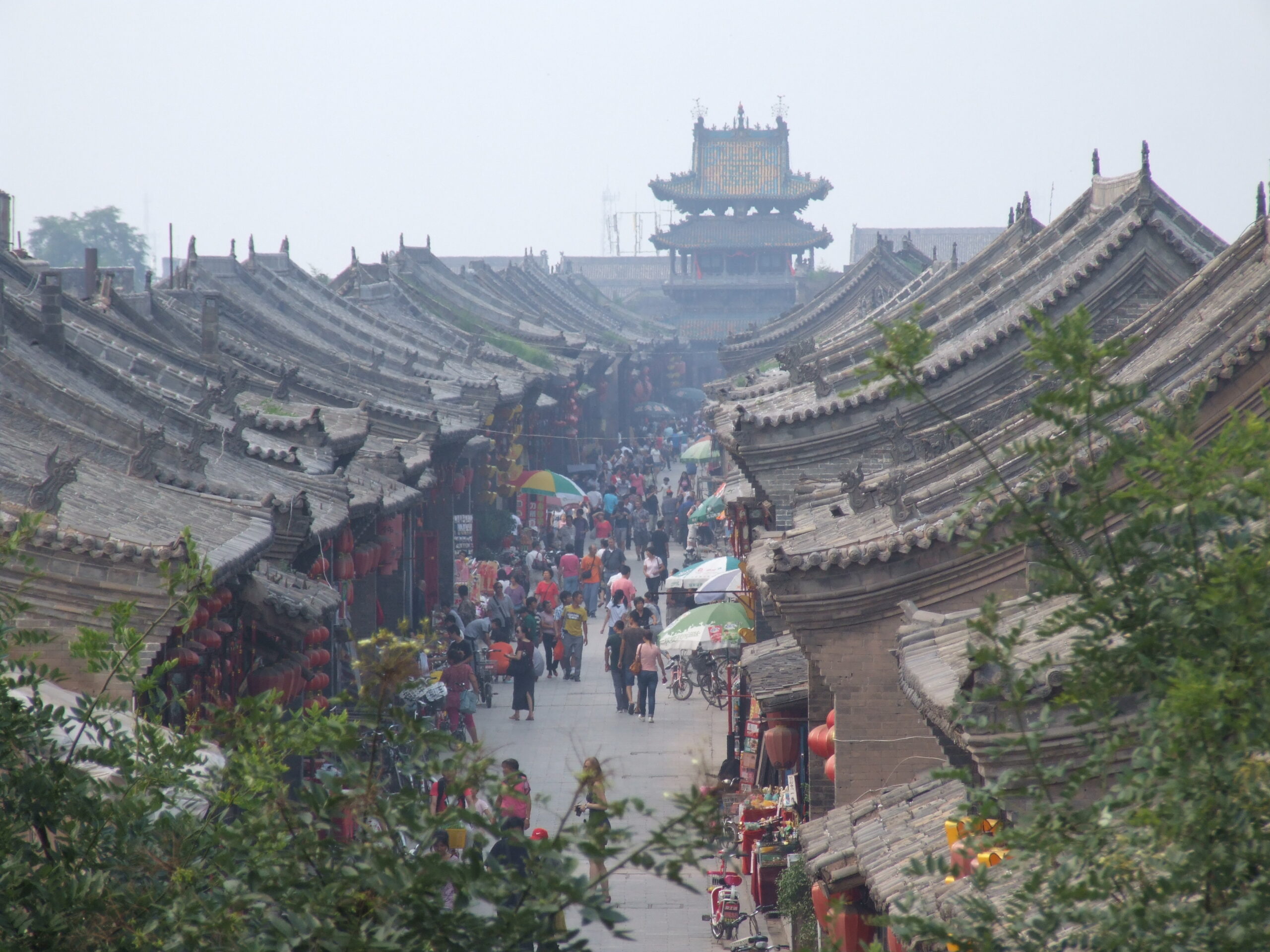
Travelers often ask us to compare Pingyao with other famous towns like Lijiang or Wuzhen. While all are beautiful, Pingyao offers something profoundly different. Here’s why we believe it is an essential stop on any China itinerary.
- Unmatched Authenticity and Integrity: This is Pingyao’s greatest strength. The city wasn’t rebuilt for tourists; it was preserved. You are walking through a genuine, 600-year-old urban landscape. The entire 2.25 square kilometers inside the wall is the historic site. This sense of being in a real, living historical space is incredibly powerful and increasingly rare.
- A Fully Intact Ming Dynasty City Wall: It is extraordinary to find an ancient city wall of this scale still standing in its entirety. You can walk or cycle the full 6.4-kilometer circuit. From this vantage point, you gain a unique perspective on ancient Chinese urban planning, seeing the grid layout, the temple complexes, and the sea of traditional gray-tiled roofs.
- A Unique and Fascinating Story: The focus on financial history sets Pingyao apart. You’re not just admiring architecture; you are exploring the birthplace of modern Chinese banking. This specific, compelling narrative adds a rich layer of intellectual engagement to your visit, transforming it from sightseeing into a deep learning experience.
- Masterpieces of Traditional Architecture: The grand courtyard mansions of the Shanxi merchants are breathtaking. These sprawling compounds are exquisite examples of northern Chinese residential architecture, filled with intricate wood, brick, and stone carvings that tell stories of wealth, family values, and ambition.
- A Paradise for Wanderers: While the main streets are bustling, the true soul of Pingyao is found in its quiet, labyrinthine back alleys. Here, the tourist crowds disappear. You’ll find children playing, elderly residents chatting, and scenes of daily life that have remained unchanged for centuries. It’s a city that rewards slow, curious exploration.
Must-See Highlights: Exploring Pingyao’s Treasures
A single “through ticket” grants you access to over 20 distinct sites within the city walls. To help you prioritize, we’ve highlighted the absolute essentials based on our extensive experience.
The Ancient City Wall (平遥古城墙)
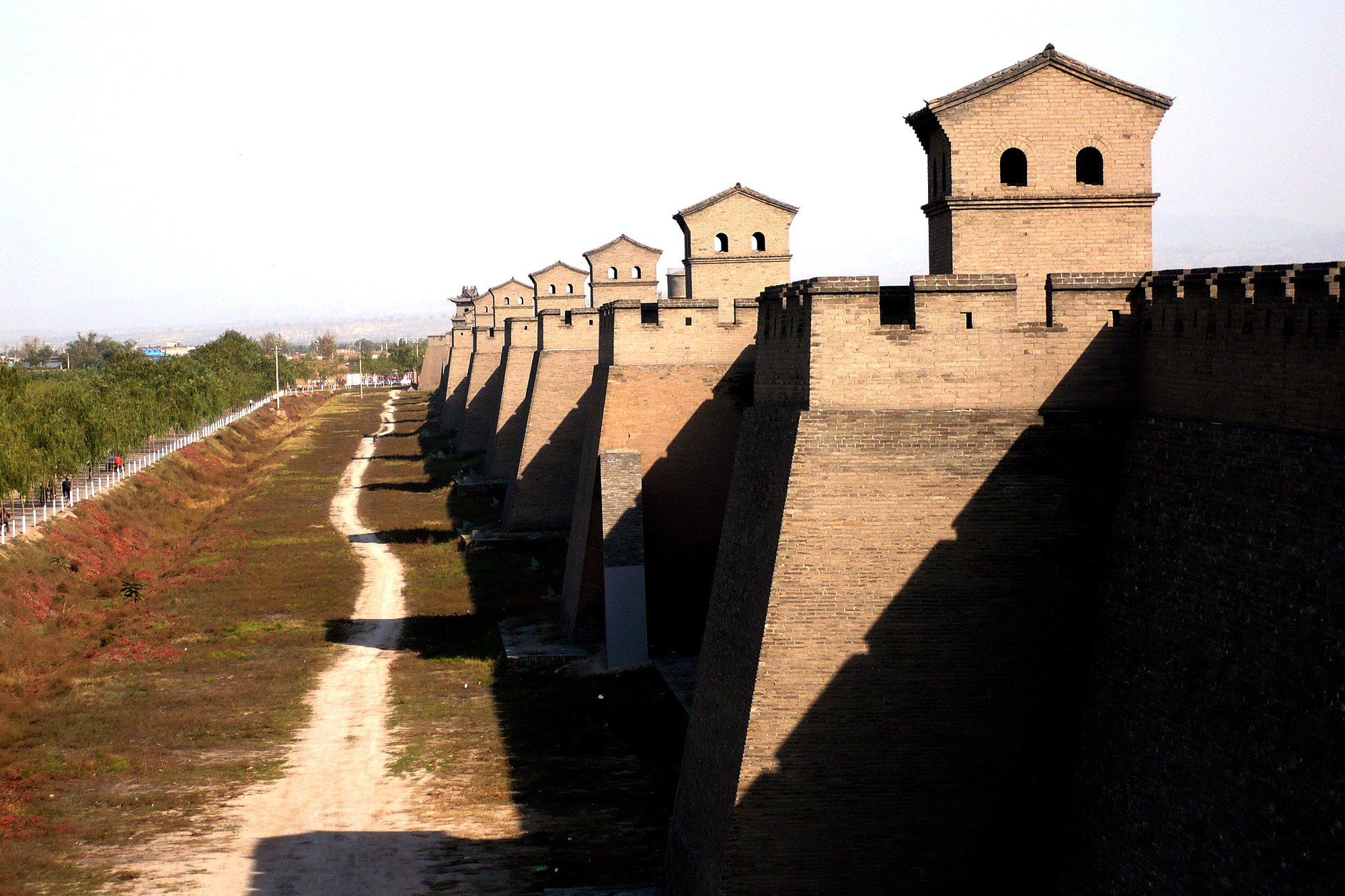
Your tour should begin here. Ascend the massive wall, 12 meters high and wide enough for a chariot to pass. From the top, the entire “Turtle City” unfolds below you. You can trace the central axis, spot the major temples, and appreciate the harmony of the urban plan. There are 72 watchtowers, said to represent the 72 disciples of Confucius.
Our Insider Tip: Rent a bicycle (single or tandem) on the wall itself. The full loop takes about 1.5-2 hours and is the single best way to comprehend the city's scale. The section near the South Gate (the turtle's head) offers the most stunning views, especially at sunset.
Rishengchang Draft Bank (日升昌票号)
This is the most important historical site in Pingyao. From the street, it looks like a modest courtyard home. But this very building was the headquarters of a financial empire. Inside, the museum is brilliantly laid out. You can see the front counters for customers, the back offices for accounting, and the deep, secure underground vaults. The exhibits explain the intricate anti-counterfeiting measures and the strict rules that governed the lives of the bank’s apprentices.
Expert Insight: Look for the phrase "Hui Tong Tian Xia" (汇通天下) which means "Remittance Connecting the World." This was the ambition and achievement of these banks. It’s a testament to the global vision that originated in this small, landlocked city.
Ming-Qing Street (明清一条街)
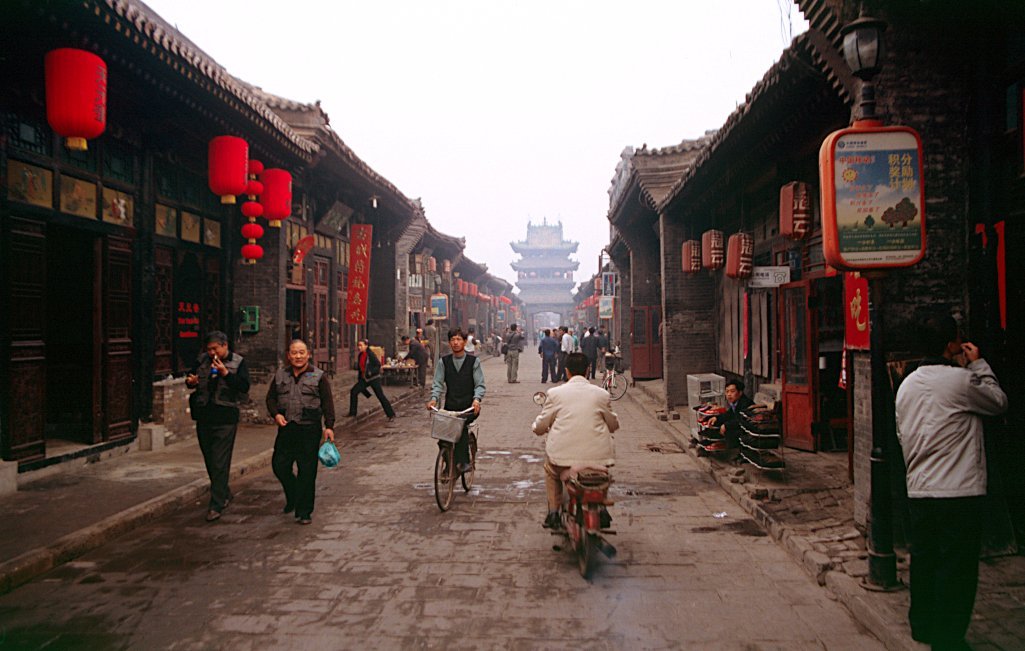
Also known as South Avenue (南大街), this was and still is the city’s vibrant spine. For over 500 years, this has been the commercial heart of Pingyao. The street is flanked by beautifully preserved traditional storefronts, with carved wooden facades and hanging red lanterns. Today it’s filled with shops selling local lacquerware, Pingyao beef, and souvenirs, alongside restaurants and teahouses. It’s the best place to feel the city’s lively pulse.
Armed Escort Agencies (镖局, Biaoju)
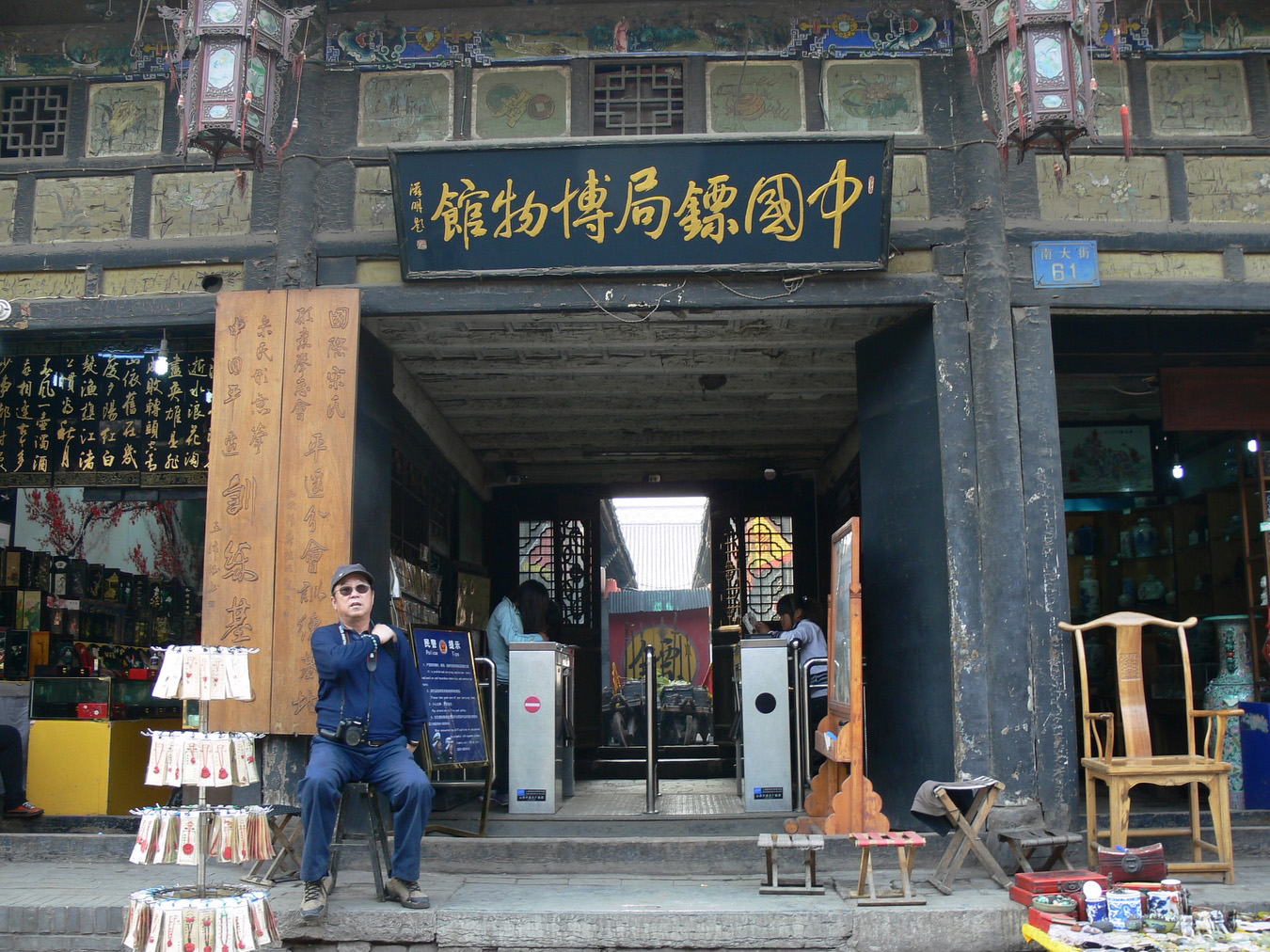
Long before secure banking, there was the Biaoju. These were martial arts-based security firms that protected merchant caravans on perilous journeys. Pingyao, as a hub of wealth, was home to some of China’s most famous agencies. You can visit the China Armed Escort Agency Museum (华北第一镖局) to see their training yards, their impressive weapon collections, and learn about the legendary martial artists who were masters of their trade. It offers a thrilling glimpse into the “Wild East” of imperial China.
Temple of the City God (城隍庙, Chenghuangmiao)
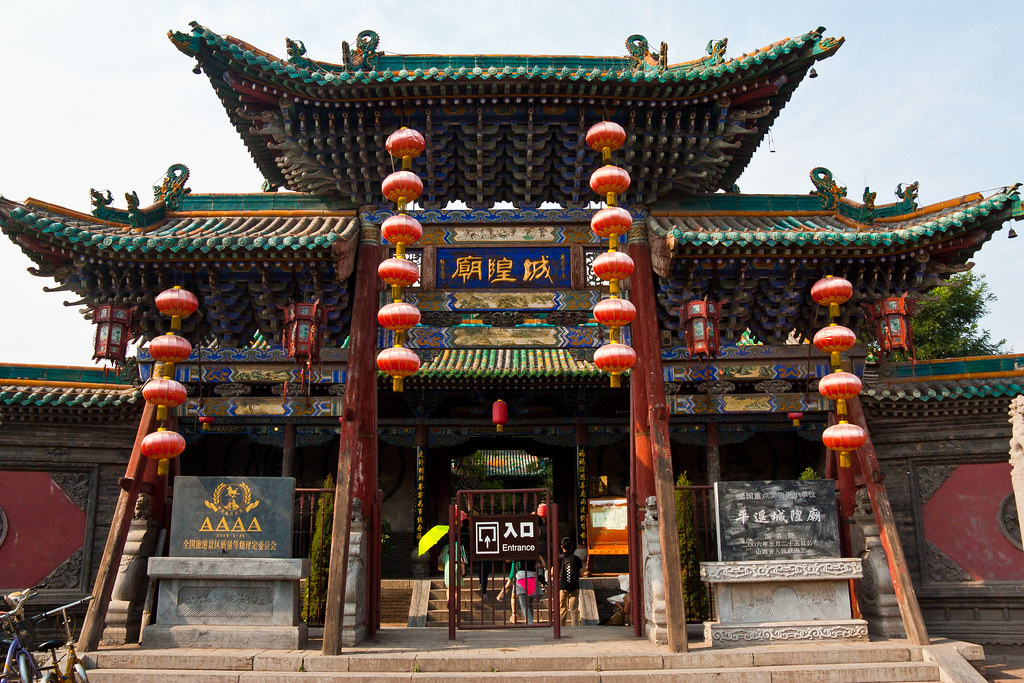
This sprawling, beautiful temple complex is a fusion of Taoist, Buddhist, and governmental architecture. The City God was seen as the divine magistrate of the city, tasked with protecting its people and judging souls. The layout deliberately mirrors an ancient government office (yamen), with halls dedicated to different divine “departments.” The vibrant, colorful glazed tiles on the roofs and the intricate carvings make it one of the most visually stunning sites in Pingyao.
Confucian Temple (文庙, Wenmiao)
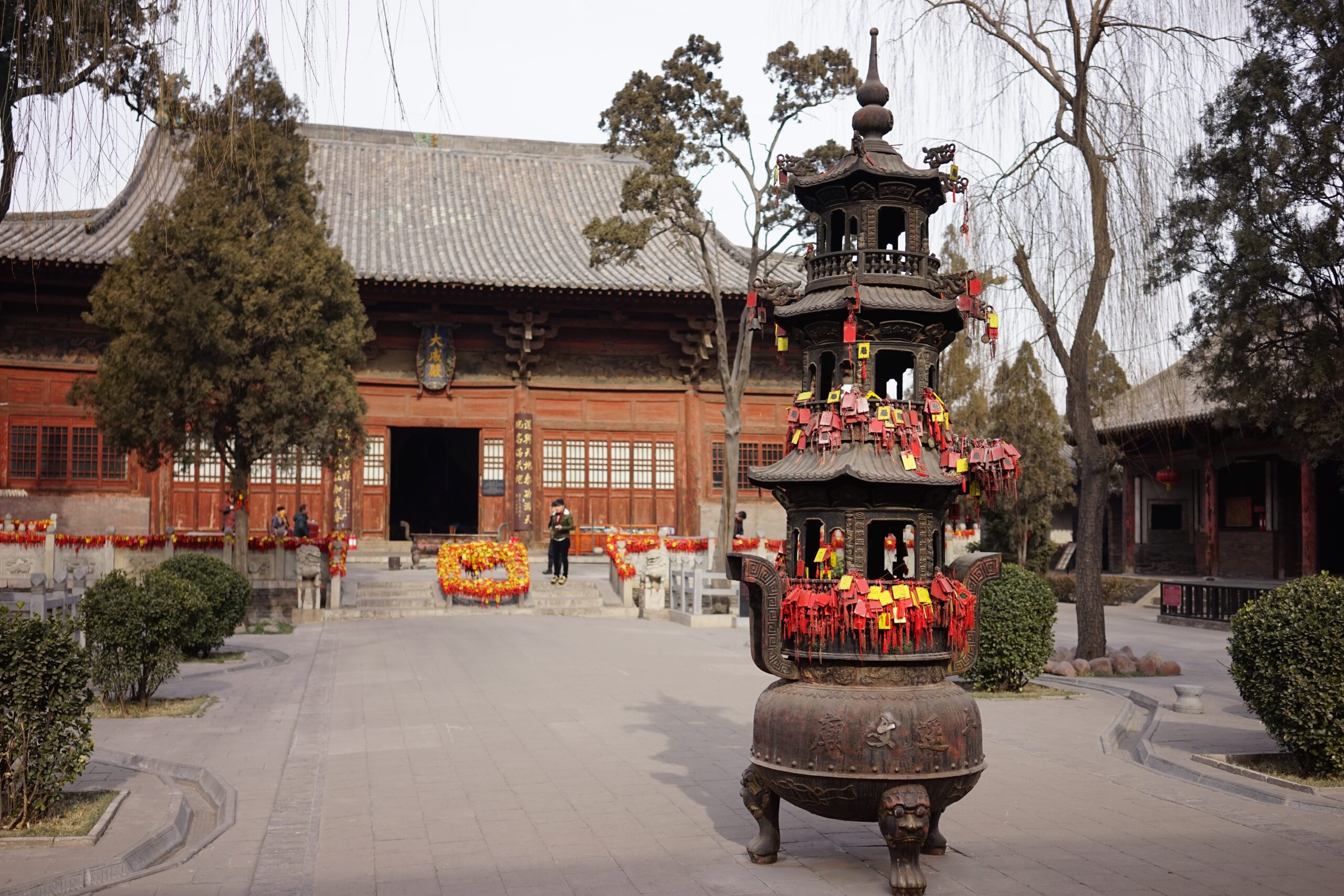
Founded in the Tang Dynasty, the Pingyao Confucian Temple is one of the best-preserved of its kind in China. It served as the official site for honoring Confucius and was the center of education and civil service examinations for the region. Its main hall, the Dacheng Hall (Hall of Great Accomplishment), stands on a high platform and is a magnificent example of early Ming architecture. It’s a serene and scholarly atmosphere away from the commercial hustle.
Special Experiences to Elevate Your Visit
To truly connect with Pingyao, go beyond the sights. Immerse yourself in its unique culture.
Stay in a Traditional Courtyard Hotel
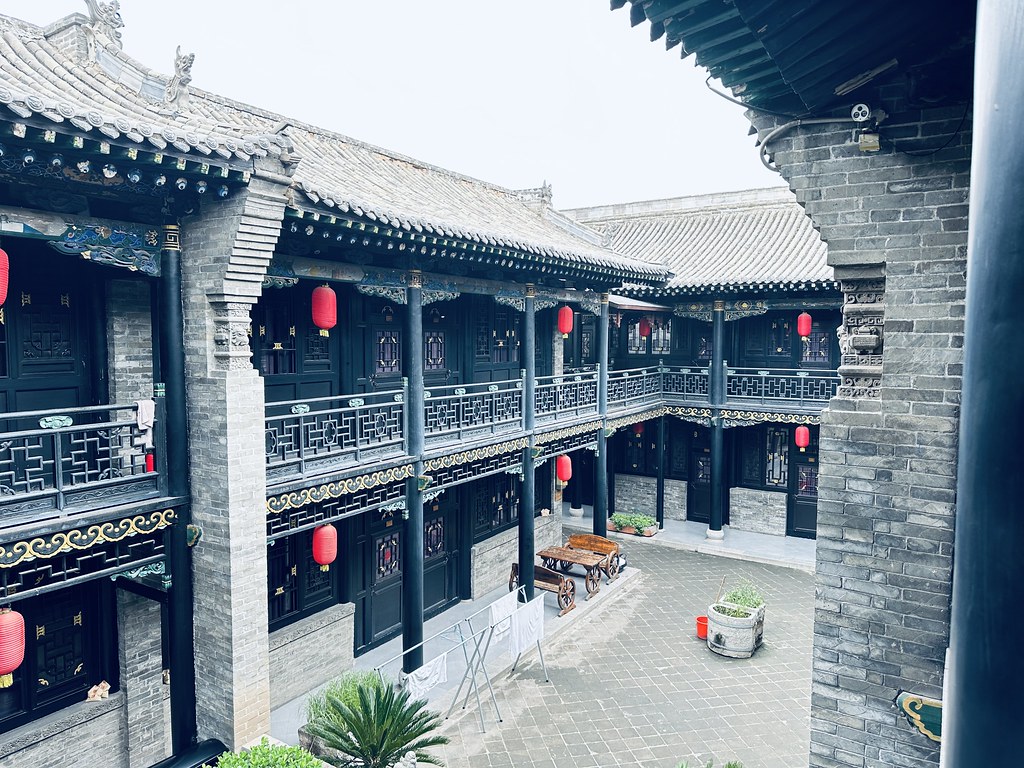
This is a non-negotiable part of the Pingyao experience. Many historic courtyard homes (siheyuan) have been converted into atmospheric guesthouses. You can sleep on a traditional kang (炕), a heated brick bed platform that is wonderfully cozy in cooler months. Waking up to the morning light filtering through wooden lattice windows into a centuries-old room is an unforgettable experience.
A Taste of Shanxi: What to Eat in Pingyao
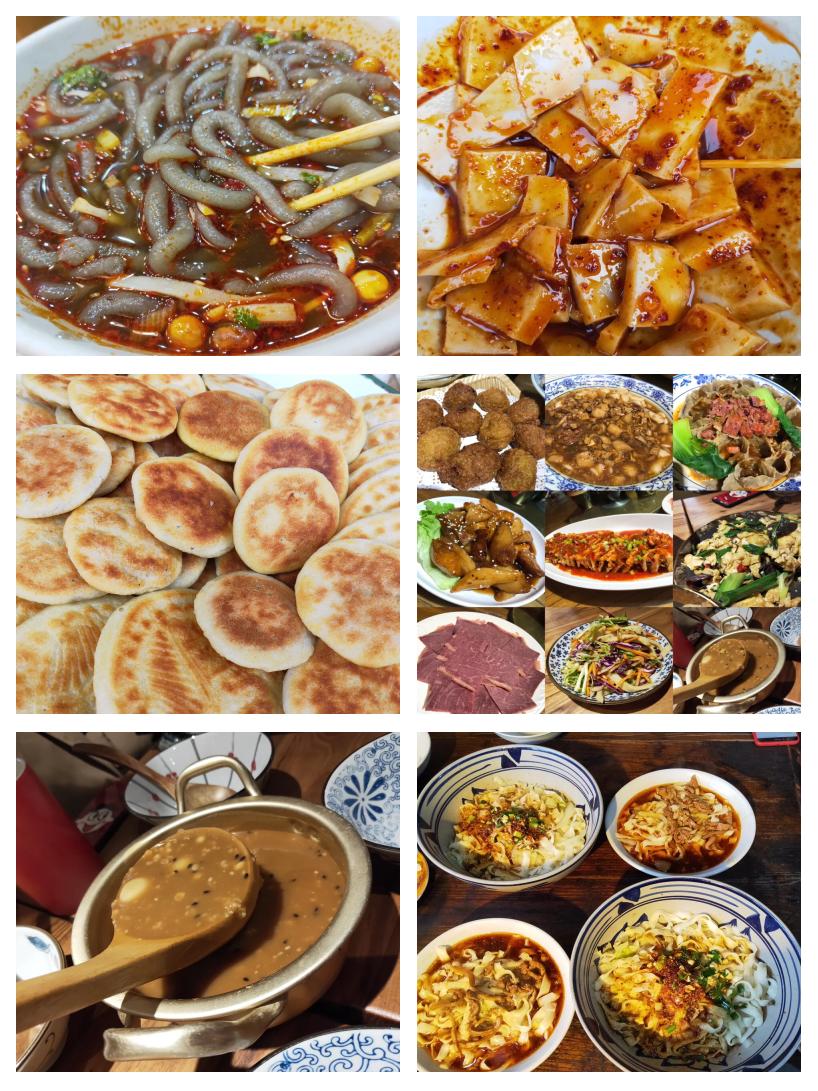
Shanxi cuisine is one of China’s unsung culinary heroes, famous for its incredible variety of noodles and its love of aged vinegar.
- Pingyao Beef (平遥牛肉): The city’s most famous export. This cured beef is slow-cooked with a blend of salt and spices until it’s savory and melts in your mouth. You’ll see shops selling it everywhere.
- Wantuo (碗托): A smooth, savory cake made from buckwheat flour. It’s steamed, cooled, sliced, and then served with a dressing of Shanxi’s famous aged vinegar, chili oil, garlic, and scallions. It’s the perfect light meal or snack.
- Kaolaolao (栲栳栳): A visual and culinary delight. These are oat noodles expertly rolled into thin, hollow tubes that resemble a honeycomb when stacked for steaming. They are served with various dipping sauces, most commonly a savory tomato and egg sauce.
- Shanxi Aged Vinegar (山西老陈醋): Don’t leave without trying the local vinegar. It’s not just sour; it’s complex, fragrant, and slightly sweet. Locals drink it for health. Be brave and try a small sip!
Witness the “Encore Pingyao” Show
This is theatrical storytelling at its best. “Encore Pingyao” is a large-scale, immersive performance that tells the story of a Pingyao banking family’s sacrifice and honor. The audience doesn’t sit in a fixed seat; you walk through different elaborate sets, becoming part of the story. It’s a powerful, emotional production that provides deep cultural context for everything you see in the old city.
Suggested Itineraries for Your Visit
To help you structure your time, here is our recommended two-day plan for a fulfilling and well-paced exploration.
Day 1: The Grand Tour & Financial Heart
- Morning (8:30 AM – 12:00 PM): Start by climbing the South Gate of the City Wall. Walk or cycle a portion of the wall to get a panoramic overview. Descend and walk north along Ming-Qing Street to orient yourself.
- Lunch (12:00 PM – 1:30 PM): Enjoy a meal at a restaurant on Ming-Qing Street. Try the Pingyao Beef and Wantuo.
- Afternoon (1:30 PM – 5:00 PM): Dive into the city’s financial history. Spend ample time at Rishengchang Draft Bank. Afterward, visit one or two of the Armed Escort Agencies to understand the security that underpinned the trade.
- Evening: Enjoy dinner in a courtyard restaurant. Afterward, consider watching the “Encore Pingyao” show for a spectacular end to the day.
Day 2: Deeper Dives & Local Life
- Morning (9:00 AM – 12:00 PM): Explore the city’s spiritual and scholarly side. Visit the magnificent Temple of the City God and the serene Confucian Temple.
- Lunch (12:00 PM – 1:30 PM): Find a small, local eatery in one of the side alleys for a more authentic dining experience.
- Afternoon (1:30 PM – 4:00 PM): Get lost. Put away the map and wander through the residential alleys and lanes in the western part of the city. This is where you’ll find the true, quiet soul of Pingyao.
- Late Afternoon: Find a charming teahouse in a hidden courtyard to relax and reflect on your journey back in time.
Best Time to Visit Pingyao
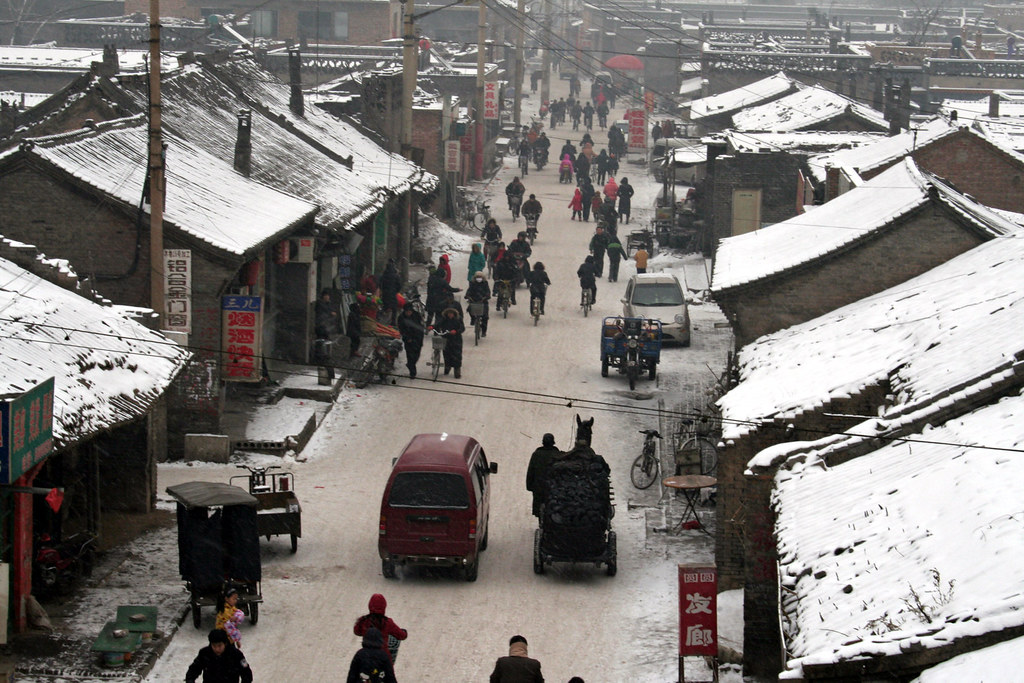
While Pingyao is a year-round destination, the shoulder seasons offer the best experience. Autumn is widely considered the absolute best time to visit.
Season | Months | Weather | Pros | Cons |
|---|---|---|---|---|
Spring | April – May | Mild, pleasant, sometimes windy. | Comfortable temperatures for walking; nature is in bloom. | Can experience occasional dust storms. |
Summer | June – August | Hot and can be rainy. | Long daylight hours; vibrant, lively atmosphere. | Can be uncomfortably hot; peak domestic tourist season. |
Autumn | Sept – Oct | Cool, dry, and sunny. | Ideal weather; clear blue skies; very comfortable. | Crowded during the National Day holiday (Oct 1-7). |
Winter | Nov – March | Cold, dry, and often snowy. | Fewer tourists; beautifully serene when it snows; lower prices. | It can be bitterly cold; some smaller shops may close. |
Planning Your Visit: The Practical Details
Here is the most current logistical information to ensure your trip is smooth and enjoyable.
Getting to Pingyao
China’s high-speed rail system makes reaching Pingyao incredibly convenient.
- By Air: The closest airport is Taiyuan Wusu International Airport (TYN). From there, take a taxi or airport bus to Taiyuan South Railway Station.
- By High-Speed Train: This is the best option. Trains from Beijing take about 4 hours, and from Xi’an about 3 hours. Arrive at Pingyao Gucheng Railway Station (平遥古城站), located about 8km from the ancient city. A taxi to the city gates should cost around ¥30-40.
- By Regular Train: Slower, overnight trains arrive at Pingyao Railway Station (平遥站), which is conveniently located just outside the northern wall. This can be a good budget option.
Opening Hours and Tickets
Item | Details |
|---|---|
Attraction Hours | Most ticketed sites within the city are open from 8:00 AM to 6:00 PM. Winter hours may be slightly shorter. |
Through Ticket (通票) | The price is consistently around ¥125 per person. This single ticket is valid for three consecutive days and provides one-time entry to all 22 designated attractions, including the wall, banks, and temples. |
Ticket Purchase | You can buy tickets at the tourist centers located at the main gates of the city or have your hotel assist you. |
What’s Not Included | The through ticket does not include the “Encore Pingyao” show, bicycle rentals on the wall, or electric cart fares. |
Note: Information is updated for 2025 travel but is always subject to minor changes. We recommend a quick verification upon arrival.
Real Traveler Reviews: A Balanced View
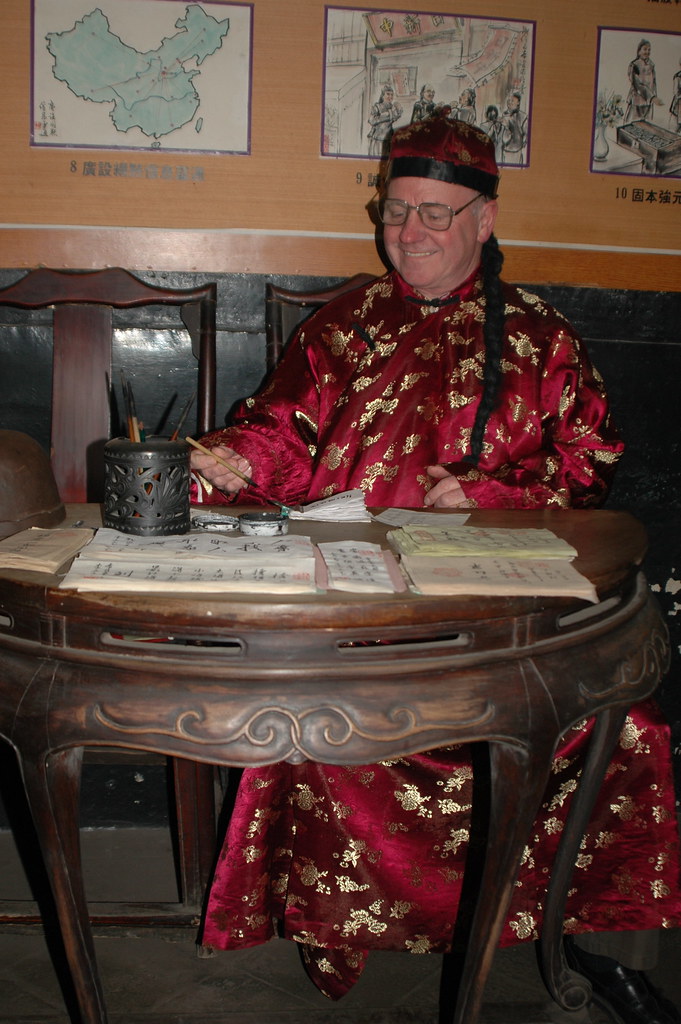
We believe in honest travel advice. Here is a summary of the pros and cons based on feedback from hundreds of our travelers.
What Our Travelers Love (Pros)
The Sense of Authenticity: “It just feels so real. Walking on stones polished by centuries of traffic is humbling. It’s not just a tourist town; it’s a living piece of history. — Liam from Ireland“
The Intact City Wall: “Cycling the entire wall was the absolute highlight. The views are incredible, and it gives you a true sense of the city’s scale and strategic importance. — Sophia from Germany“
The Rich History: “The story of the draft banks was fascinating. It gave the whole visit a purpose beyond just looking at old buildings. We learned so much. — Carlos from Mexico“
The Courtyard Hotels: “Staying in a traditional courtyard inn was magical. It was so peaceful and atmospheric. A much better experience than a generic hotel. — Chloe from Canada“
What to Be Aware Of (Cons)
The Crowds on Main Streets: “The two main streets can get very crowded and feel quite commercial, especially in the middle of the day. They are packed with souvenir shops. — Maria from Argentina“
The Need to Escape the Crowds: “The real magic is in the side alleys. You have to make a conscious effort to get off the main tourist path to find the quiet, authentic parts of the city. — Leslie from Australia“
Can Feel Repetitive: “After visiting three or four courtyard houses, they can start to look similar. The through ticket includes a lot, so it’s important to pick the sites that interest you most. — Eric from Singapore“
Frequently Asked Questions
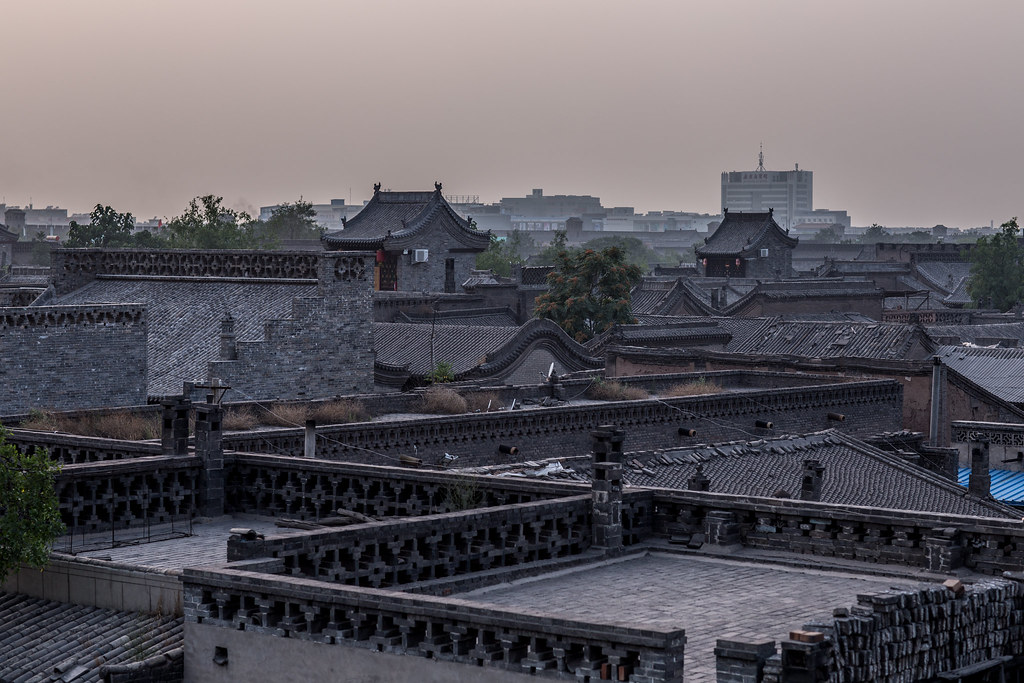
1. Is Pingyao very touristy?
Yes and no. The central arteries are very tourist-focused. However, 80% of the city consists of quiet residential alleys where you will barely see another tourist. The key is to balance your time between the main sights and aimless wandering.
2. Is two days too much time in Pingyao?
No, two days is perfect. One day feels very rushed. Two days allows you to see the highlights, wander the backstreets, enjoy the evenings, and perhaps see the Encore show without feeling exhausted.
3. What is the currency and payment situation?
The currency is the Chinese Yuan (CNY). While major hotels may take credit cards, China is dominated by mobile payment (Alipay/WeChat Pay). For travelers, carrying a decent amount of cash is the most reliable option for shops, restaurants, and tickets.
A Personal Note from Our Team
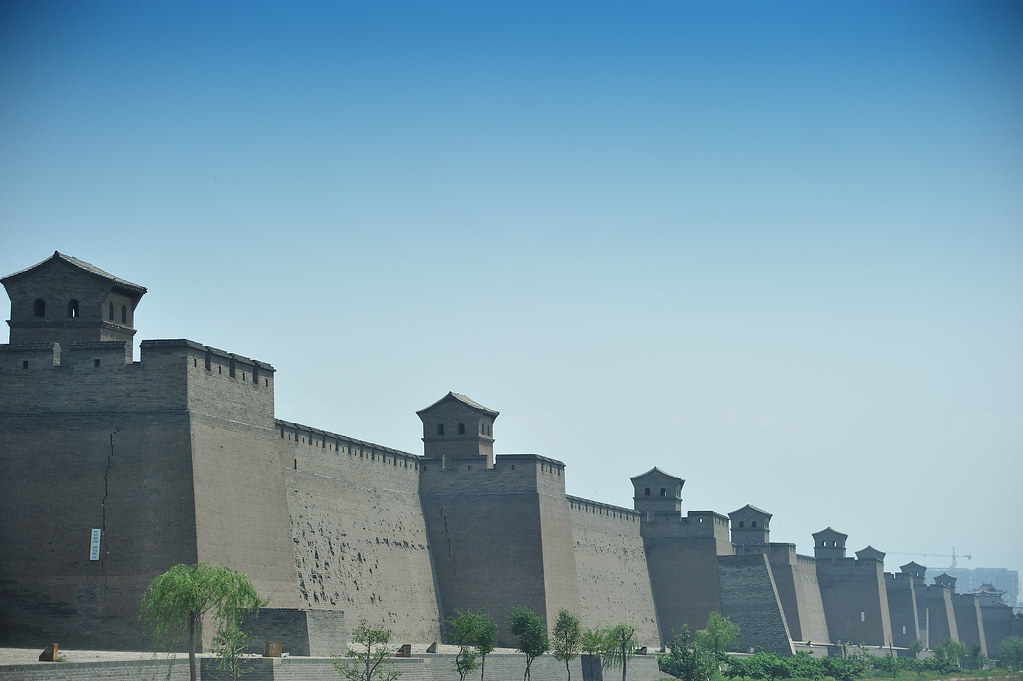
There is a moment in Pingyao that we always try to create for our guests. It’s often in the late afternoon, on a quiet stretch of the city wall. The sun is low, casting a golden glow on the endless sea of grey-tiled roofs. The day-trippers have started to leave, and a peaceful hush settles over the city. In that moment, you can feel the centuries whispering on the breeze.
That feeling—of connection, of wonder, of touching history—is why we love Pingyao. It’s a reminder that beneath China’s futuristic skyline lies a deep, rich, and resilient soul.
We have poured our expertise and our passion into this guide, hoping to make your journey as magical as our own first visit was. If you have any more questions, or if you’d like us to help you craft an unforgettable itinerary, we are here for you.
Let’s explore the heart of China, together.


